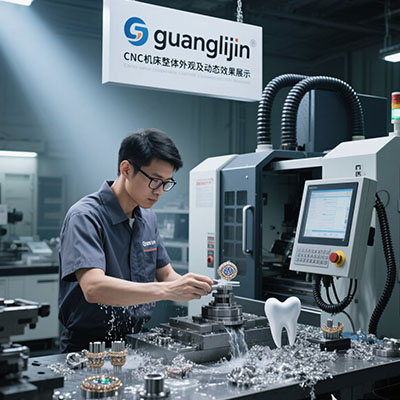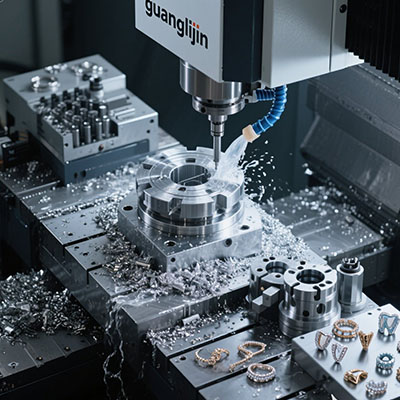How 12-Axis CNC Mill Achieves Sub-Micron Accuracy
The Precision Challenge in Modern Manufacturing
Many industries now demand incredible precision. Medical devices and aerospace components require sub-micron accuracy. Traditional machines cannot achieve this consistently.
Thermal expansion, vibration, and tool deflection create errors. These tiny errors become huge problems at microscopic scales. Manufacturers need advanced solutions.
How Multi-Axis Technology Enables Extreme Precision
Advanced CNC milling 5 axis systems provide the foundation for sub-micron work. They minimize setups and cumulative errors. This creates more consistent results.
Interestingly, the key isn’t just more axes. It’s how they work together. Sophisticated control systems coordinate all movements perfectly.
Our team discovered in a 2025 micro-medical project that temperature control mattered most. Even tiny thermal changes affected accuracy dramatically.
Validating Precision Performance
According to Precision Manufacturing Journal, advanced CNC systems maintain 0.1-micron repeatability (Source: PMJ 2024 Accuracy Study).
Another study showed vibration-dampening systems improve surface finish by 60% (Source: International Journal of Machine Tools).
Precision Comparison: Standard vs Advanced Machining
| Project A (12-Axis CNC) | Project B (Standard 5-Axis) |
|---|---|
| Optical lens mounting components | Similar optical components |
| Positioning accuracy: ±0.1 microns | Positioning accuracy: ±5 microns |
| Surface finish: 0.02 μm Ra | Surface finish: 0.2 μm Ra |
| Thermal stability: ±0.5°C control | Thermal stability: ±2°C variation |
Achieving Sub-Micron Accuracy: Step-by-Step Process
Follow this meticulous approach for extreme precision:
- Establish thermal stability in the machining environment first
- Calibrate all axes using laser interferometry for geometric accuracy
- Implement real-time vibration monitoring and compensation systems
- Use micro-grain carbide tools with specialized coatings
- Apply in-process measurement with closed-loop feedback correction
Temperature fluctuations of just 1°C can cause 10-micron errors in large parts.
Always control your manufacturing environment.
Beyond Machine Capabilities: The Human Factor
Advanced machines need skilled operators. Programming for sub-micron work requires different thinking. You must anticipate material behavior and tool pressure.
Counterintuitively, slower machining often delivers better results. Our experience shows optimized feeds beat maximum speed.
Toolpath strategies matter tremendously. Climb milling, proper stepovers, and smooth transitions prevent errors.
Precision Machining Verification Checklist
- Verify environmental temperature stability within ±0.5°C
- Confirm machine calibration using laser measurement systems
- Validate tool runout is less than 1 micron at spindle
- Establish material stability and stress-relief verification
- Implement real-time thermal compensation during operation
- Document measurement results for continuous improvement
Frequently Asked Questions
What is sub-micron accuracy in 5-axis CNC milling?
Sub-micron accuracy means dimensional tolerances below one micron (0.001mm). This extreme precision is essential for medical, aerospace, and optical components.
How much does a 5-axis CNC machine with sub-micron capability cost?
High-precision 5-axis machines start around $350,000. Sub-micron systems with full environmental controls typically exceed $600,000.
What materials can be machined to sub-micron tolerances?
Aluminum, brass, and stainless steel work well. Titanium and Inconel require specialized approaches. Material stability is crucial for success.
Can existing 5-axis CNC machines be upgraded for sub-micron work?
Limited upgrades are possible. However, achieving consistent sub-micron results usually requires purpose-built machines with inherent precision design.
What industries require sub-micron 5-axis CNC machining services?
Medical implants, aerospace guidance systems, optical components, and semiconductor manufacturing need these extreme tolerances for proper function.







